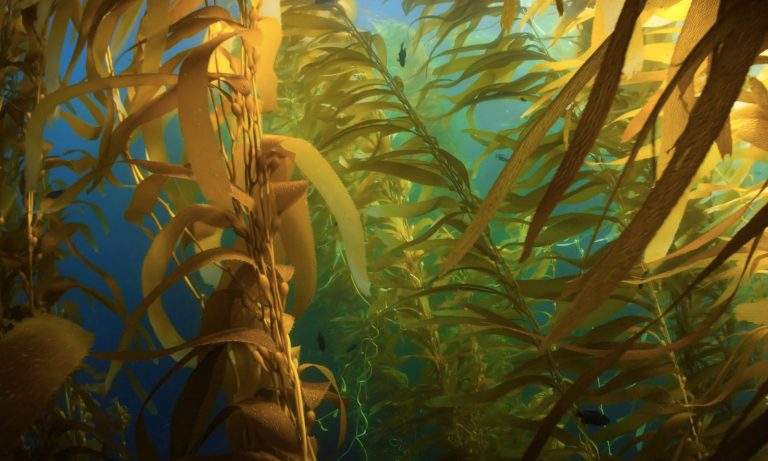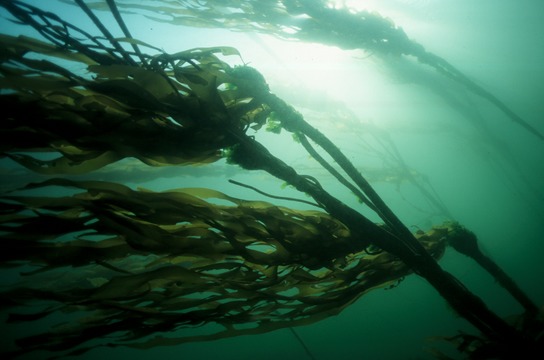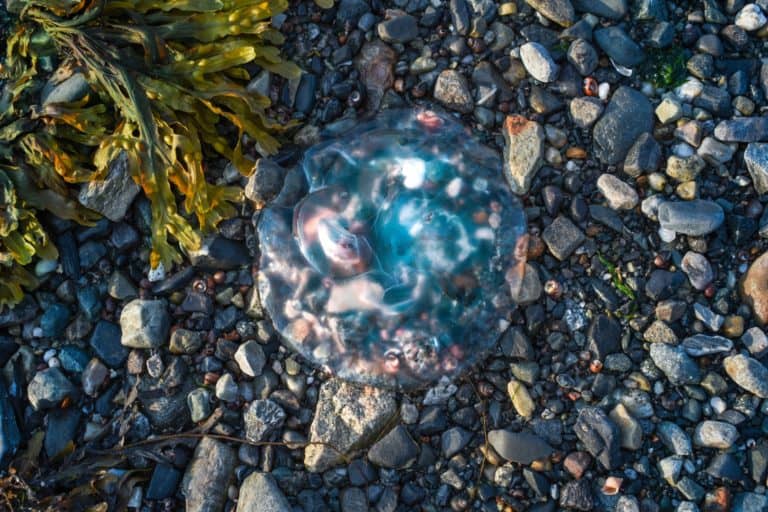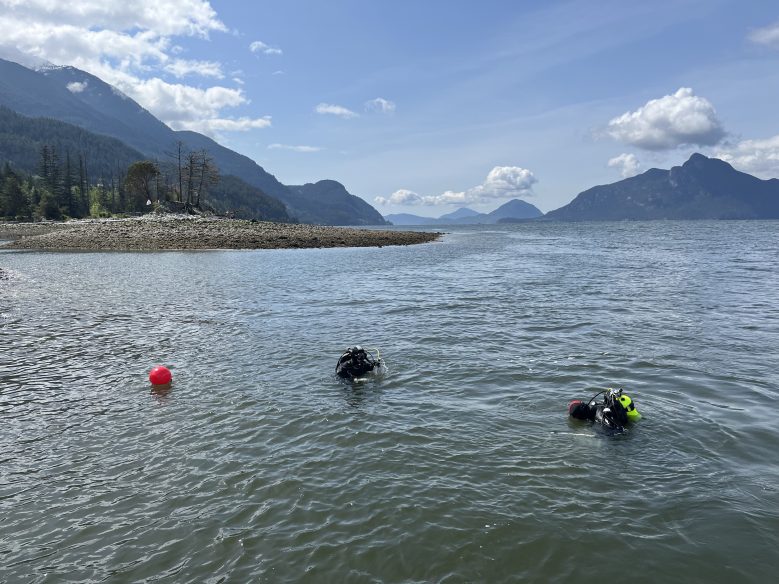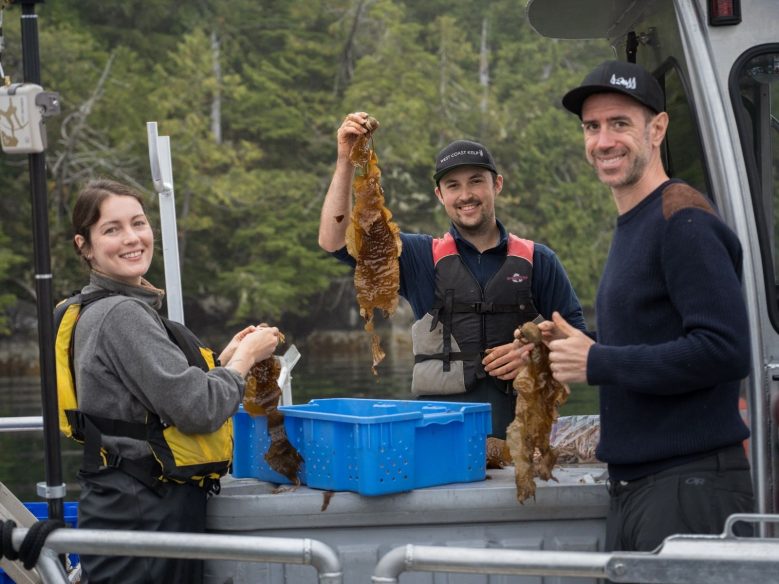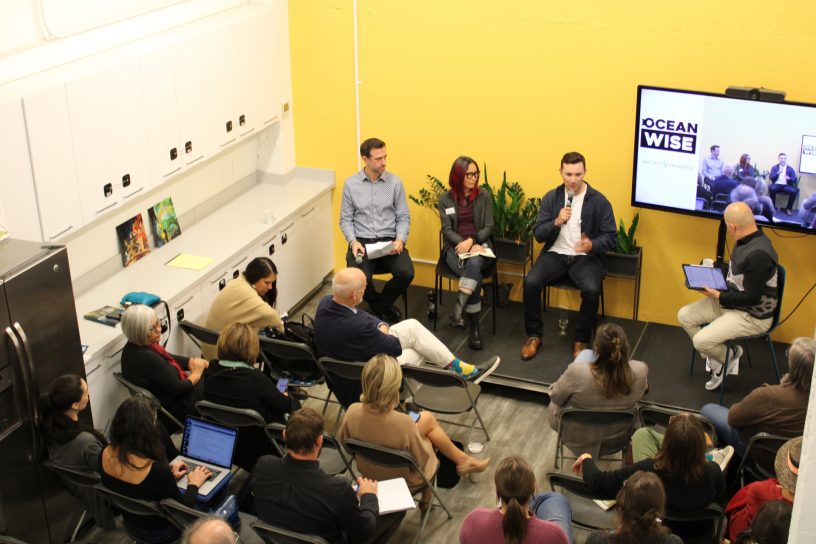Six Ocean Animals That Rely on Kelp for Survival
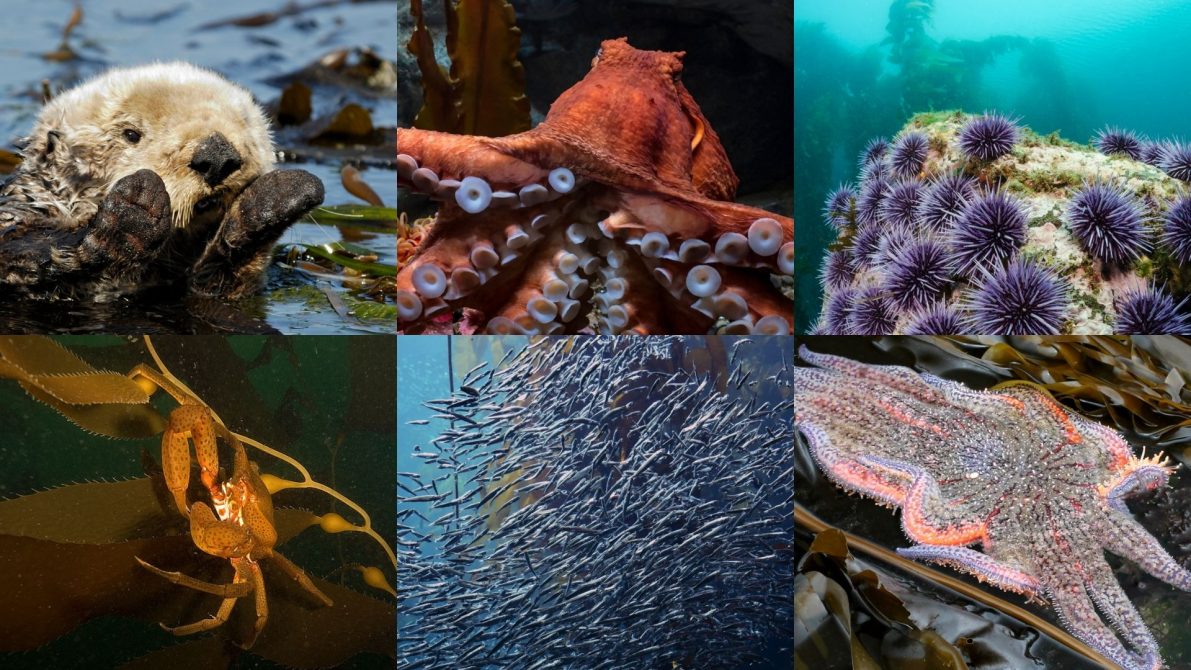
On the surface, kelp forests look like serene seascapes. But they’re actually bustling hubs of biodiversity. Home to thousands of marine species from tiny phytoplankton to large marine mammals, kelp forests are an essential ecosystem for underwater life.
There are over 30 different types of kelp. And each supports its own unique array of critters. Amongst the kelp, animals find food, shelter, and vital breeding grounds. But these relationships aren’t one-sided; kelp forests thrive through intricate connections with their residents.
Here are six ocean animals that rely on kelp for survival—and a few that kelp relies on too.
Giant Pacific Octopus
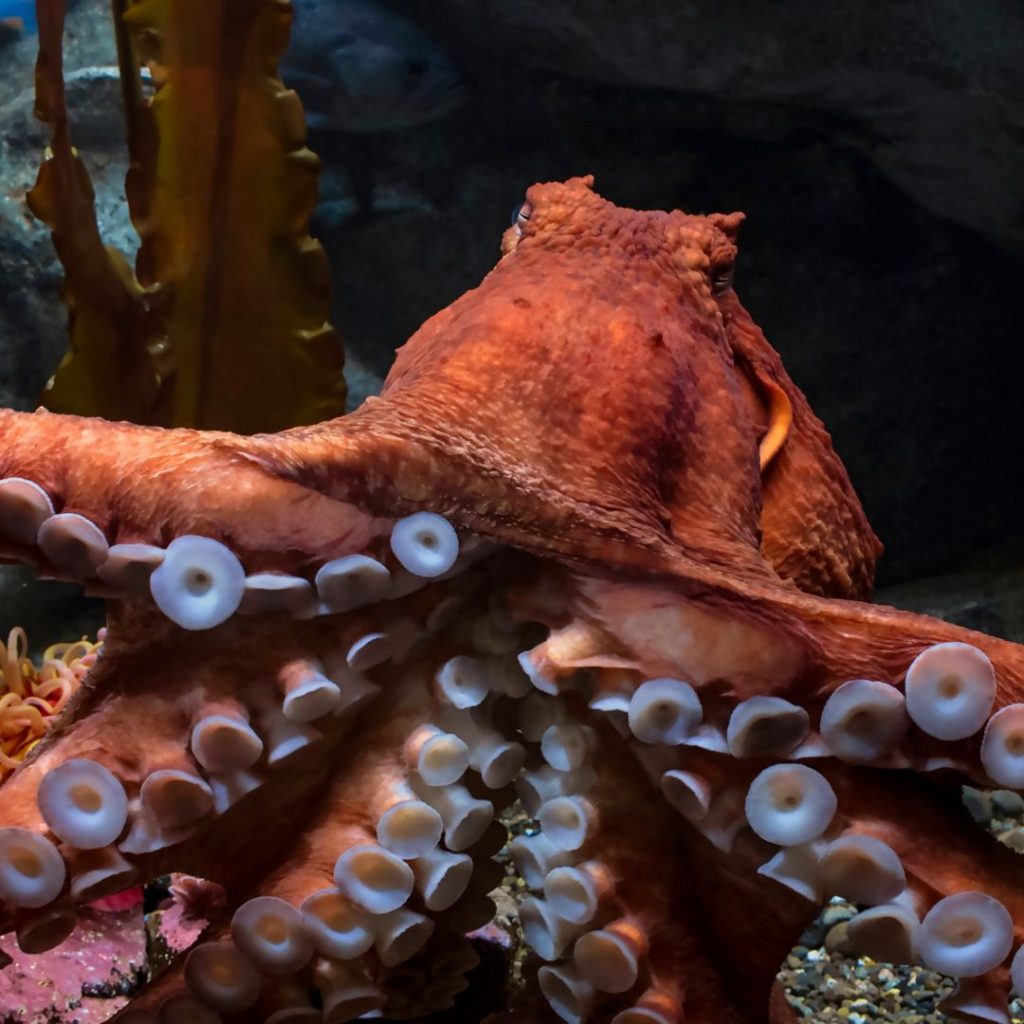
The giant Pacific octopus plays many roles in the food chain depending on its stage of life. As babies, they’re prey for seals, otters, and wolf eels. But once they reach adulthood, they become the hunters, chasing (and catching!) fish and shellfish.
Whether they’re hiding from predators or sneaking up on prey, these octopuses are often found hiding in kelp forests using their impressive camouflage abilities to blend in.
They’ve even been known to sway like kelp to disappear even better into their surroundings!
Kelp Crabs
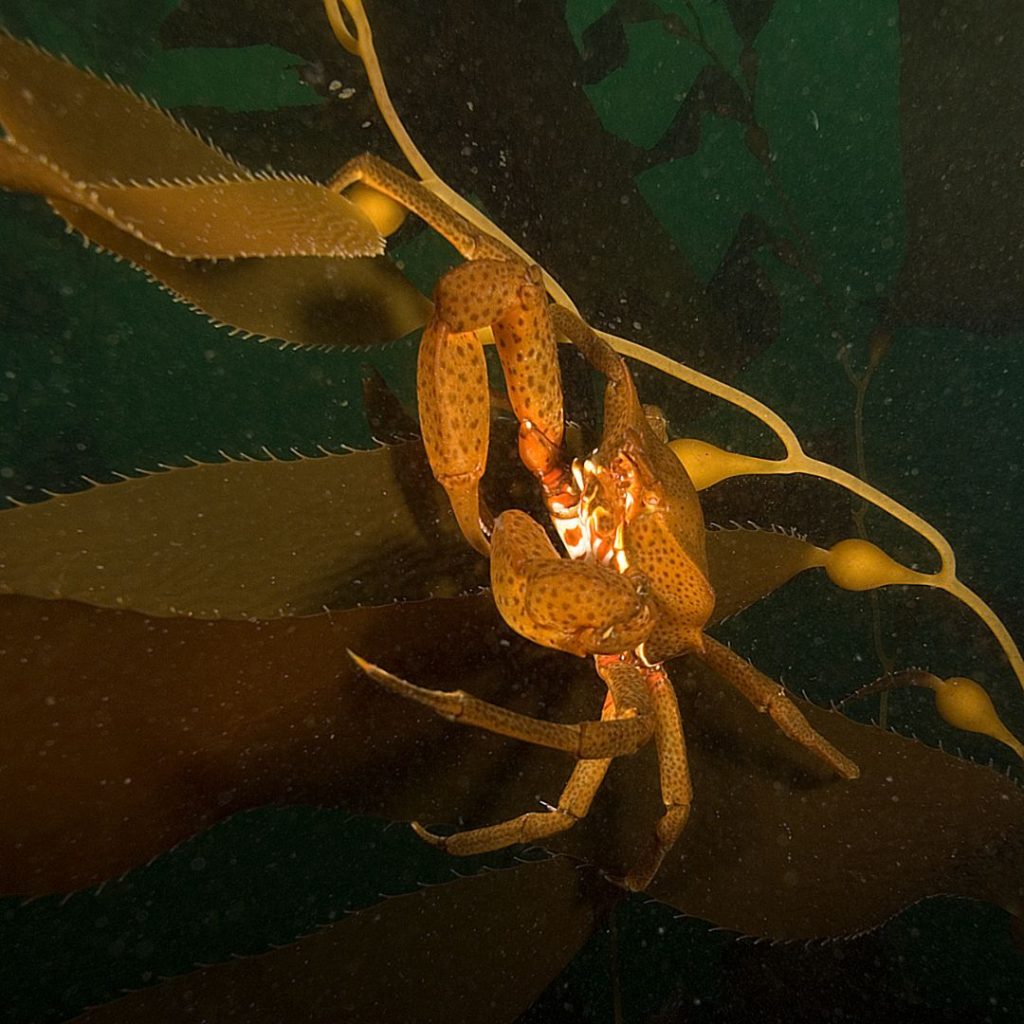
Another expert in the art of blending in is the kelp crab—aptly named for its close connection to kelp!
These crustaceans rely on kelp forests for both shelter and food. Especially during the summer when they snack on kelp before becoming carnivorous in the winter.
Found along the West Coast of North America, these spider crabs make their homes in kelp beds. They are even sometimes kelp-colored, helping them hide from predators like sea otters, who also call the kelp forests home.
Sea Otters
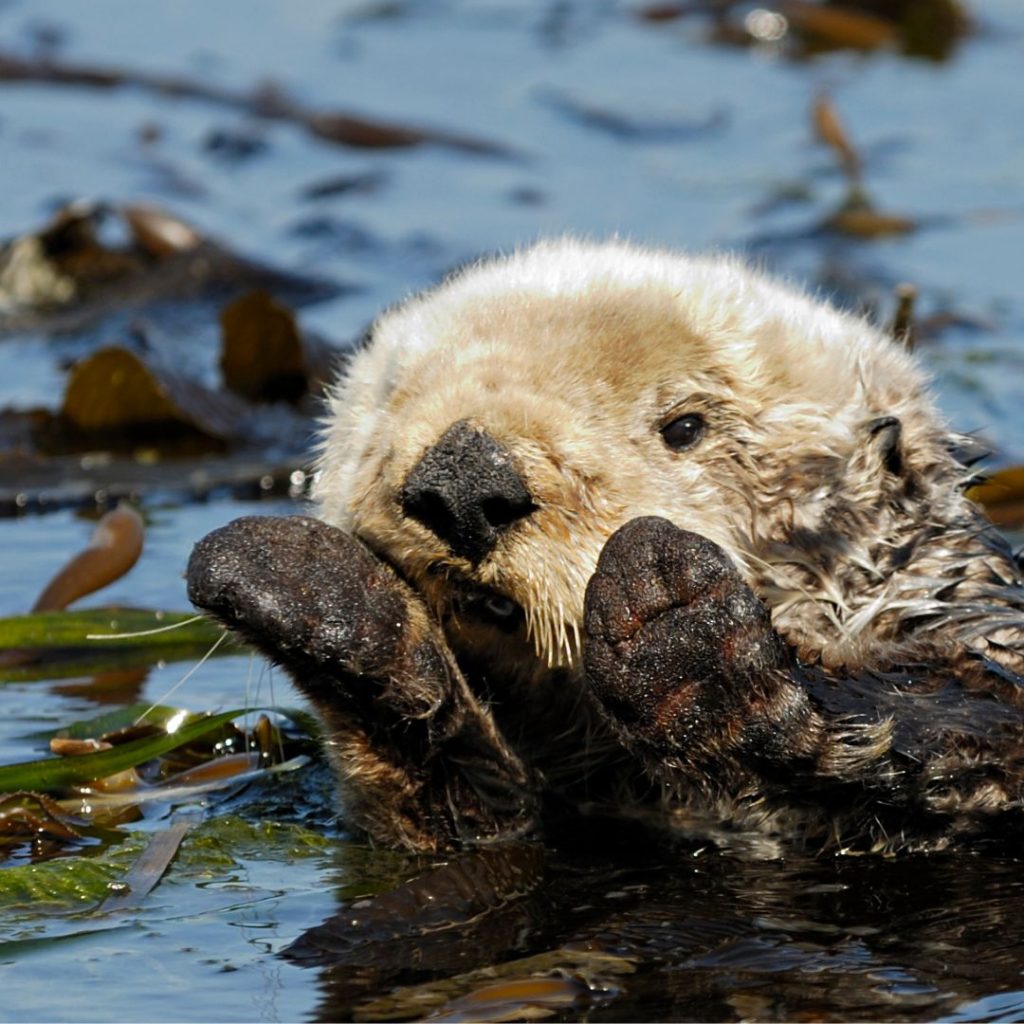
Sea otters are a keystone species. Meaning their presence is critical to how an ecosystem functions! And one of the ecosystems that heavily relies on sea otter populations is kelp forests.
Kelp forests and sea otters have a symbiotic relationship. The forests provide habitat and food for these cute marine mammals. And in return sea otters protect kelp from one of their most voracious predators – sea urchins. When sea otters were hunted to near extinction in the 18th and 19th centuries, sea urchin populations skyrocketed and the damaging effects are still being felt by kelp forests today.
Kelp also plays an adorable role in otter communities, as the animals often wrap themselves in kelp to stay together while floating!
Sea Urchins
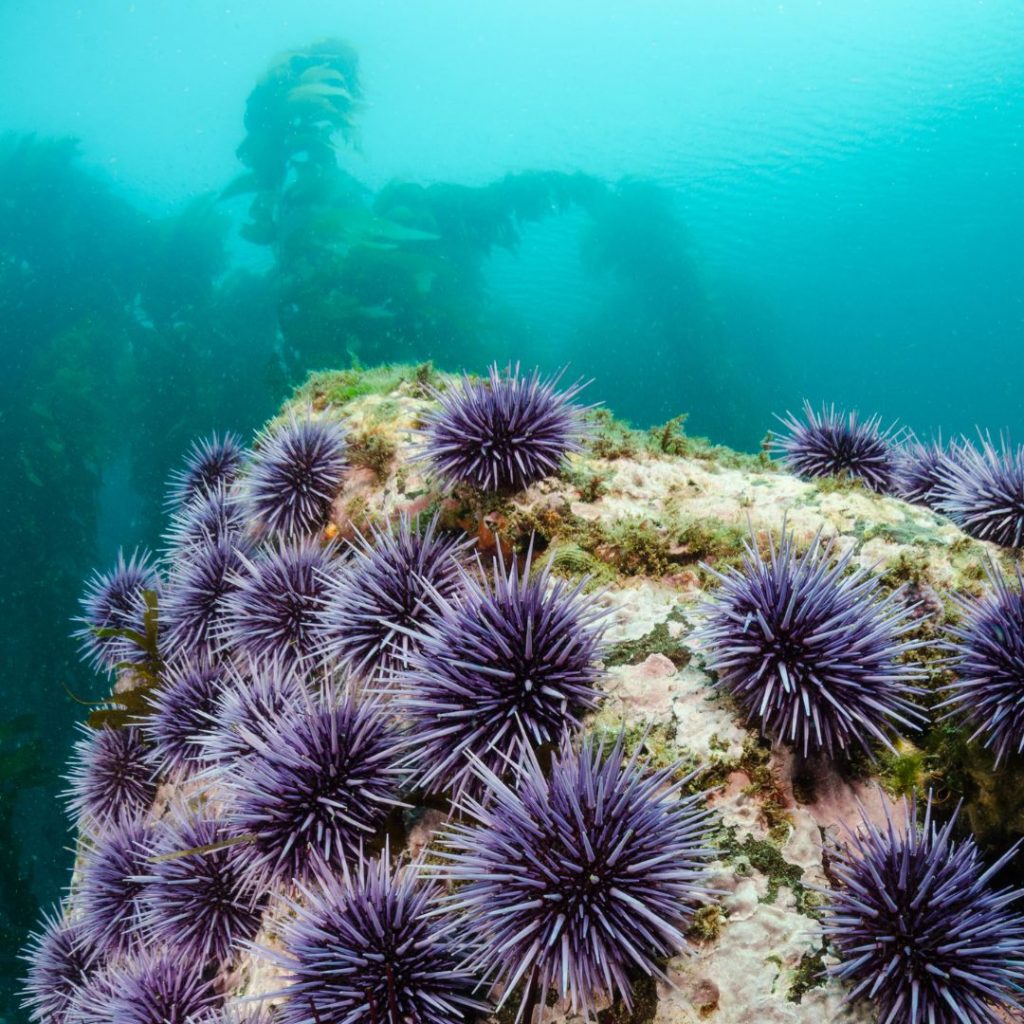
While urchins need kelp forests to survive, it’s safe to say that sometimes, urchins love kelp a little too much! Urchins love munching on kelp’s holdfasts, a rootlike structure that grips to rocks and keeps kelp from floating away.
In fact, when the Ocean Wise seaforestation team plants kelp during restoration projects, they have to ensure the holdfast connects with the substrate (another term for the surface a plant or organism grows on) for proper planting.
When urchin numbers get too high, they over eat, leading to kelp forest die-offs and the loss of essential habitat for other animals. Luckily, sea otters aren’t the only species that eat urchins!
Sunflower Stars
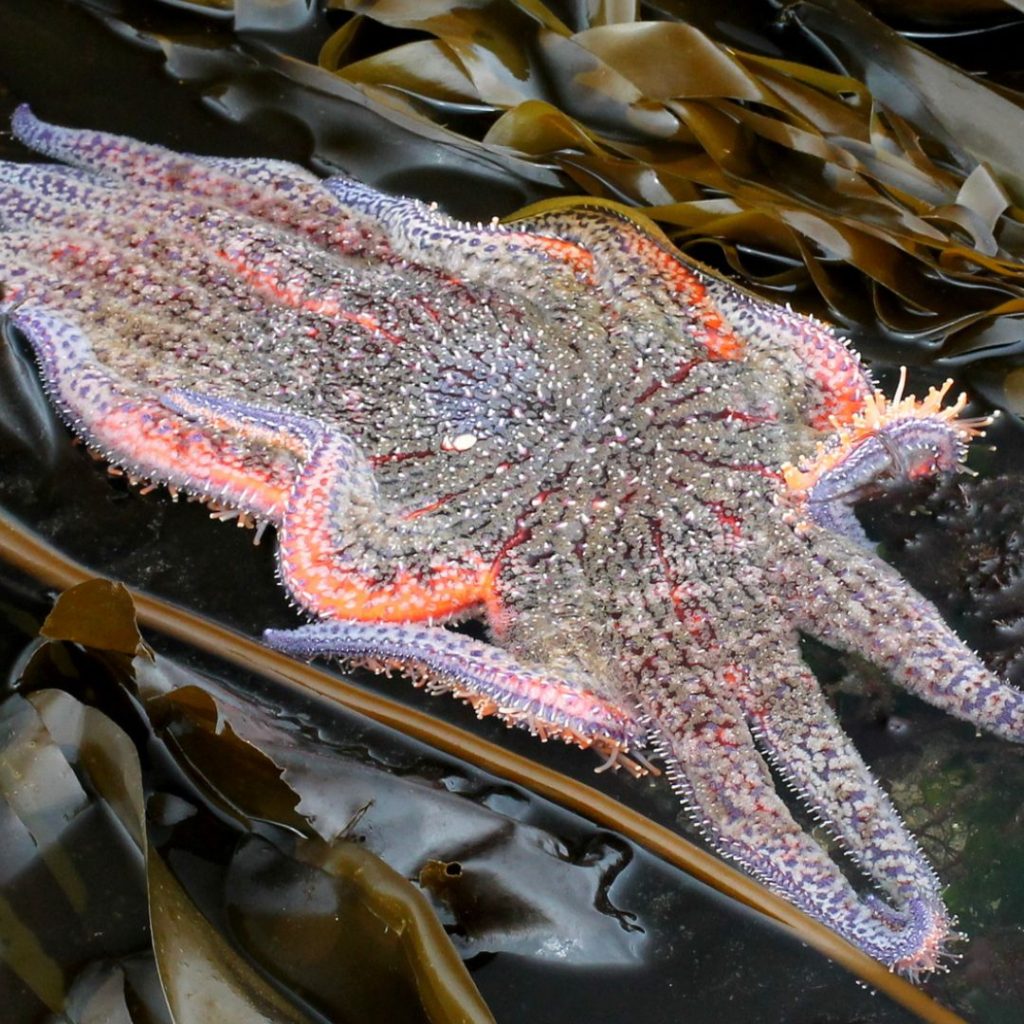
This colourful sea star can be found throughout the coastal Pacific Northwest, happily nestled among the bull kelp beds lining the shores.
Much like the adorable sea otter, sunflower stars also love to eat urchins, but they’re much less picky than their mammalian kelp-defending counterparts. While sea otters prefer the best, most nutritious sea urchins, sunflower stars are known to eat different species of urchins, including the smaller, less optimal ones that otters leave behind.
Though it may seem like kelp forests rely more on sunflower stars than vice versa, the forests naturally provide an urchin buffet for sea stars. Making it easy for them to find a meal!
Unfortunately, in the last decade sea star wasting disease has affected sea stars across the Northeastern Pacific coast causing mass mortality. Leading to the collapse of sunflower sea star populations! It’s now estimated that over 95 percent of sunflower sea stars have died since 2013.
Herring
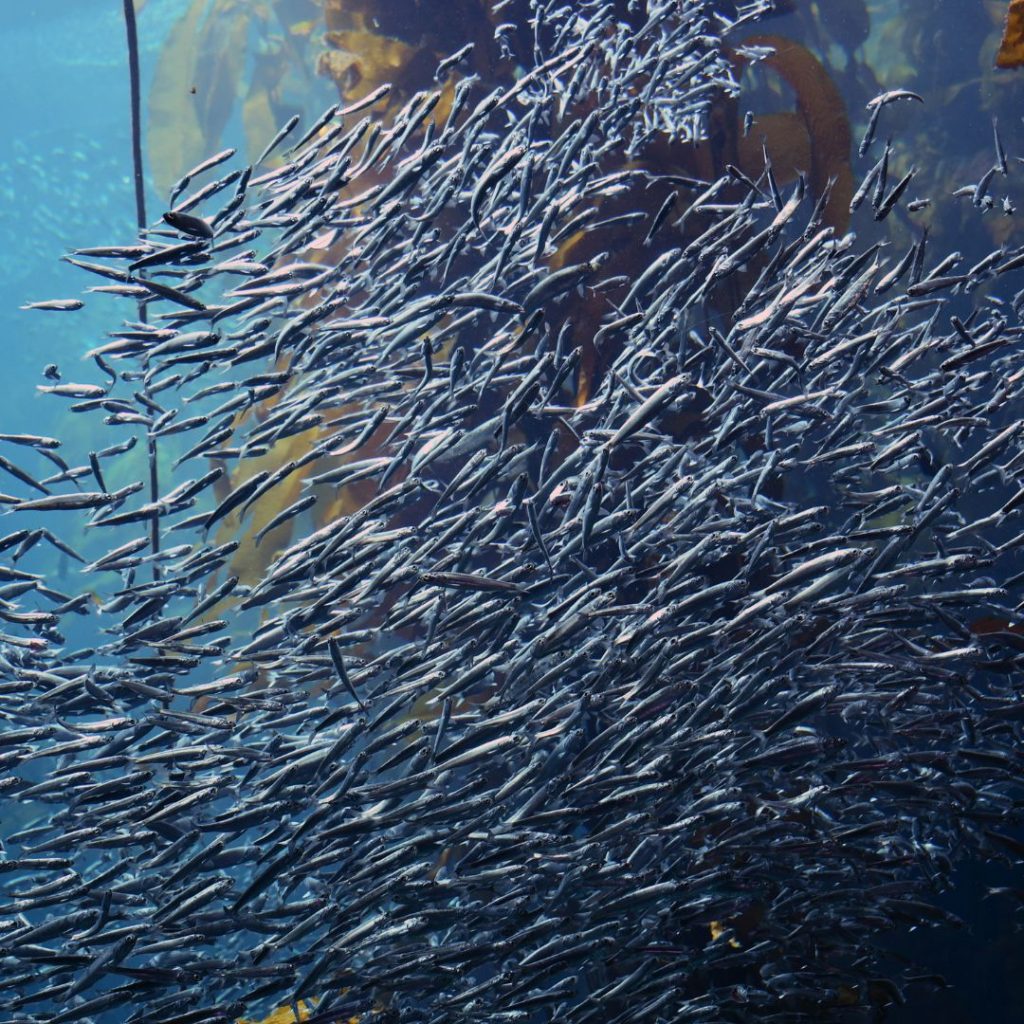
Every March, B.C.’s coastlines burst into a flurry of activity thanks to the herring spawn. As spring arrives and ocean waters warm, Pacific herring lay billions of eggs on kelp, sea grass, and rough rocks. This turns the water turquoise, drawing in crowds of people to marvel at the beautiful scene – along with whales, seals, sea birds, and more!
The herring spawn is not only crucial for sustaining herring populations, but the eggs provide vital nutrients for a wide range of biodiversity. In September, our Seaforestation team planted Giant Kelp around Capstan Island to help support the herring spawn next spring!
As we continue to understand these delicate ecosystems, it’s clear that protecting and restoring kelp forests is essential for the survival of the many species that rely on them—and for the resilience of our coastlines.
Through conservation efforts and restoration projects we can help ensure these vital underwater habitats thrive for generations to come. The health of our oceans, and the countless creatures within them, depend on it.
Posted November 4, 2024 by Kim Bricker

